Resources
Constructive information for property owners who are inspired to take action.
Click to go in depth on topics:
Reduce Runoff on Your Property - The Basics
Help stop polluted runoff. Working together, individuals and communities can take steps to clean up our local waterways and restore their natural beatty. When individual property owners do their part to prevent runoff, everyone benefits.
Car Care
Go to a car wash
When you clean a car in the driveway or street, sand, salt, emissions and detergent flow with the water into the street drain and then to the river, untreated. At a car wash, water goes to the wastewater treatment plant where oil, grease, detergent, sand and grime are removed. If you must wash your car at home wash it on your lawn, use biodegradable soap, and dispose of leftover water in toilet or sink.
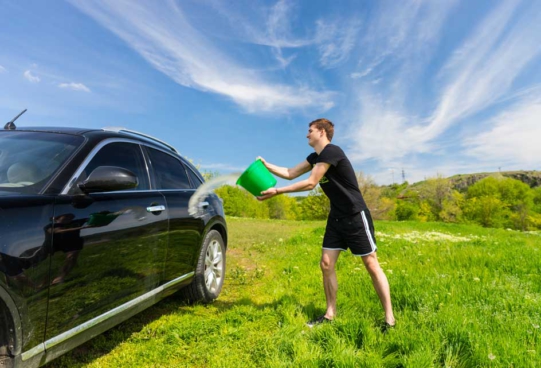

Maintain your vehicle
We’ve all seen an oily sheen on water in streets and parking lots. It comes from small leaks, accumulated residue and fuel overfills from our cars. When a vehicle is maintained, fewer leaks spill onto streets and highways and fewer contaminants enter streams. So when you’re tempted to put off repairs or the six-month maintenance check, think again.
Walk, ride your bike or take the bus
We all know air quality is affected by vehicle emissions. But did you know emissions also affect water quality? Tiny particles emitted from tail pipes settle on roadways, wash into storm sewer systems, then flow into rivers and streams.

Lawn Care
Use grass clippings and leaves
Learn how to compost. Turn clippings into rich organic matter that makes everything in your yard grow better. Composting is a practical climate change mitigation and adaptation strategy that can be adopted at the individual level. As a climate action strategy, composting has the potential to divert a large portion of organic materials from landfills, while returning these nutrients to the soil.

For a healthy lawn, enrich the soil instead of using chemicals and weed killers
Test the soil to find out if your lawn needs more nutrients. If soil conditions are poor, enhance the lawn by mulching. A healthy, mulched lawn outcompetes weeds for light, nutrients, and water. In La Crosse County, soil testing is available through the UW Extension.
Keep leaves, grass, trash and other waste out of the street
Litter and toxic substances are obviously harmful but soil, sand, leaves and grass clippings also damage streams. They cloud water, reduce depth, alter habitat and prevent spawning for some species. So remember—everything in the street picks up vehicle fluids and exhaust particles as it flows the storm sewer system, where it goes directly to the river.
In some communities, placing leaves or yard waste into the street is a violation of municipal code.
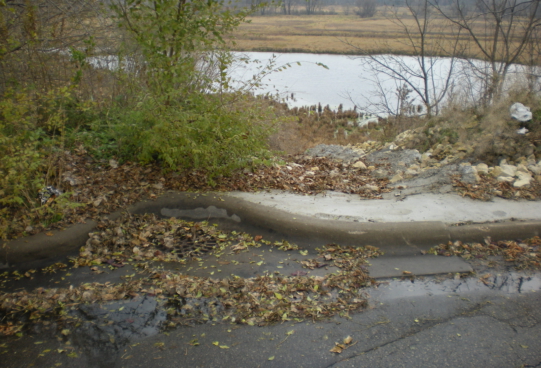
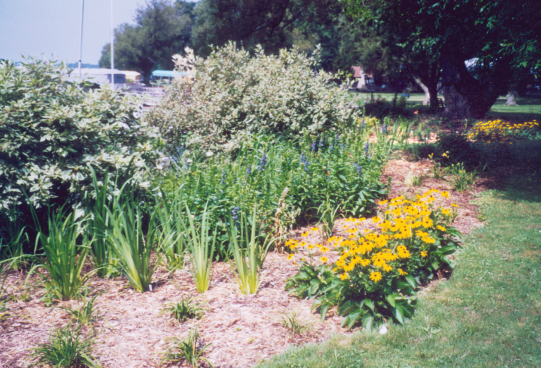
Manage waterfront with a buffer strip of dense, native vegetation
Native plantings filter water and keep pollutants out of streams. They protect the shoreline during high water and storms, create habitat for birds and other native species, and need almost no care once established. Start by simply not mowing near the stream.
Landscaping
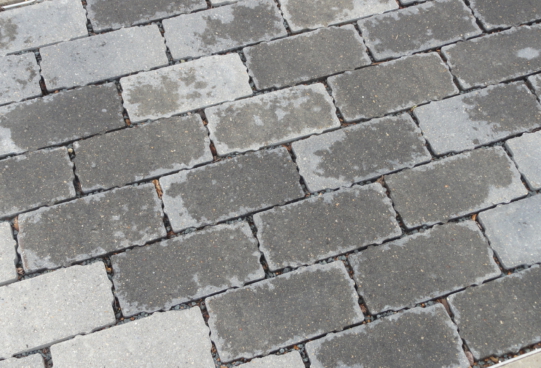
Minimize hard surfaces
Concrete, blacktop and other hard surfaces rush large amounts of water off your property to storm sewers and ditches. In fact, 75% more rain water sinks into the ground in a natural area versus a developed area. Permeable pavement like gravel or bricks allows water to sink into the ground.
Build a rain garden
Rain gardens are slight depressions in the yard that act as receiving areas for rainwater flowing from downspouts, roof, street or driveway. They capture water and soak it up before it picks up oil, grease, fertilizer, pet waste or other contaminants on its way to the storm drain. Usually they’re filled with native plants, easy to build, and make a great neighborhood project. More information can be found in the Rain Garden and Native Plants sections.
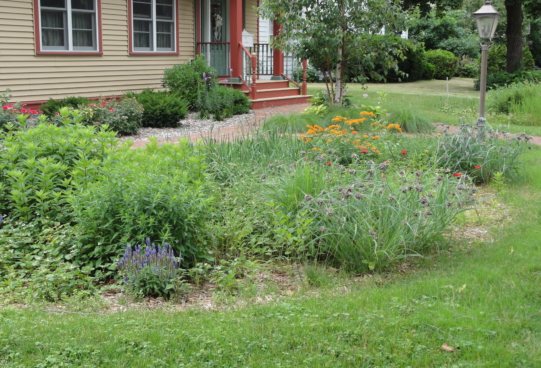
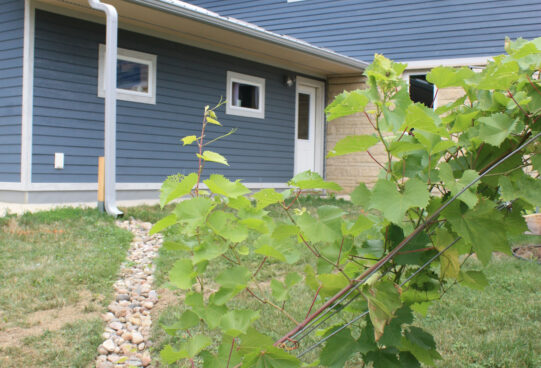
Redirect Downspouts
Redirect downspouts that drain to your driveway or sidewalk onto the grass, into a rain garden, or install a rain barrel for future use. More information can be found in the Rain Barrel section.
Parking Lots
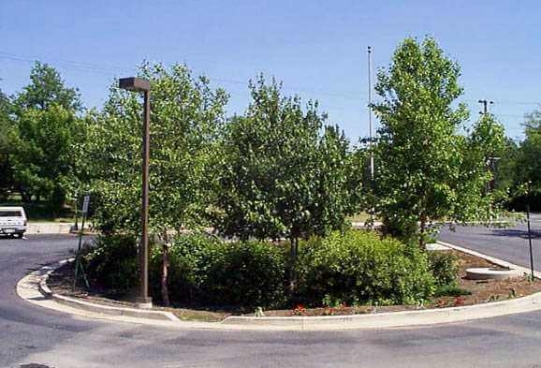
Change parking lots to reduce runoff
Direct water to bioretention basins, rain gardens and native plantings. Add trees and islands of native plants that collect water in and around the lot. Remove excessive asphalt to minimize the amount of runoff. Where pavement is needed, replace with a porous product if possible. On tight urban sites consider underground french drains, holding areas and curb cuts. You’ll see better organized traffic, less heat generation, community attention and most likely, lower costs.
